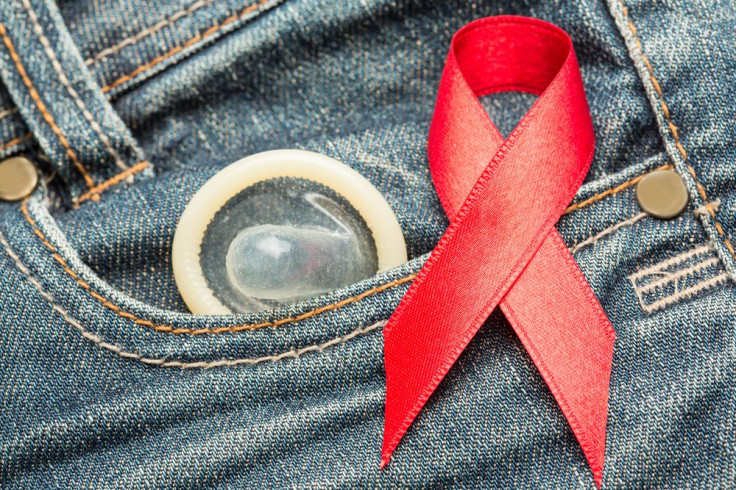HIV Diagnoses In The US Drop One-Third Over 10 Years; Is An HIV/AIDS-Free America On The Horizon?

New diagnoses of HIV infections each year have fallen by a third in the United States over the past decade, giving hope the epidemic is slowing at least in some parts of the world.
After reviewing state health records across the country, researchers led by the Centers for Disease Control and Prevention (CDC) found a steady decline among men, women, whites, blacks, Hispanics, heterosexuals, injection drug users, and most age groups. However, infection rates rose among young gay and bisexual men. Overall, the rate of new infections dropped to 16 of every 100,000 people aged 13 and older in 2011, declining from 24 of every 100,000 in 2002. The promising study findings were published on Saturday by the Journal of the American Medical Association, as the International AIDS Conference in Melbourne is set to begin on Sunday.
Johns Hopkins University researcher David Hotgrave said the falling rate of HIV diagnoses may be explained by the “ceiling effect,” as most Americans with HIV have already received diagnoses even as testing rates rose. The researchers say the percentage of adults who say they’ve received an HIV test at least once rose from 37 percent in 2000 to 45 percent in 2010, becoming nearly as common as a cholesterol check.
Patrick Sullivan, an AIDS researcher at Emory University who was not involved in the study, saw hope in the findings. “It’s encouraging,” he told the Associated Press. However, he added that undiagnosed infections might still be a problem among the only group for whom diagnoses rose: young gay and bisexual men.
Around the world, 35 million people live with HIV while more than 36 million have died of the disease since the first cases were reported to health officials in 1981. The global pandemic continues to rise in poor countries in sub-Saharan Africa, among other regions, with South Africa reporting 5.6 million people with HIV in 2011. Throughout that region, HIV infections reached 23.5 million with 1.2 million deaths that year.
The good news for falling infection rates in the U.S., however, follows the loss of scores of international HIV/AIDS researchers traveling to the Melbourne conference on Malaysian Airlines flight MH17, which was reportedly downed by a Russian-made ground-to-air missile above disputed territory in Eastern Ukraine, about 25 miles from the Russian border.
Source: Johnson A, Hall I, Hotgrave D, et al. Trends in Diagnoses of HIV Infection in the United States, 2002-2011. Journal of the American Medical Association. 2014.



























